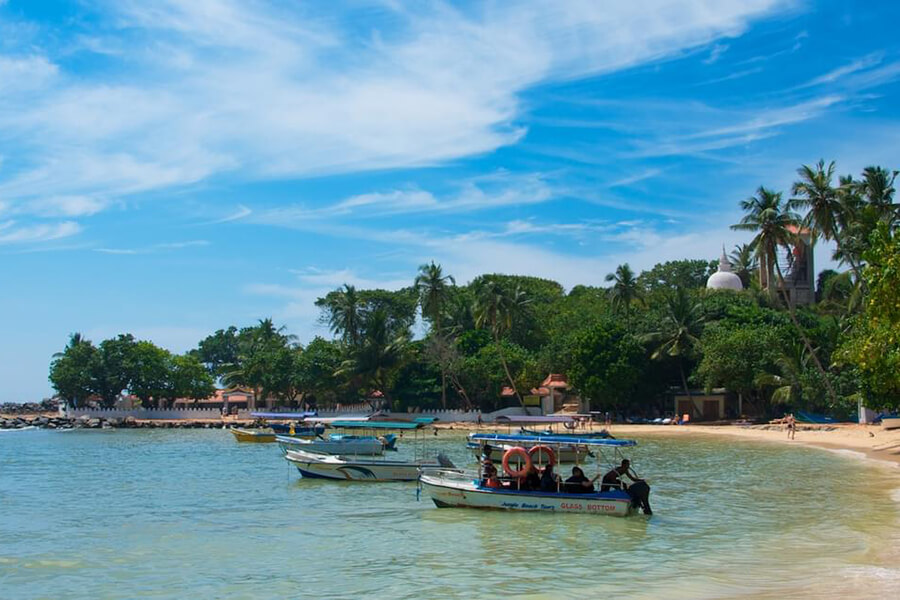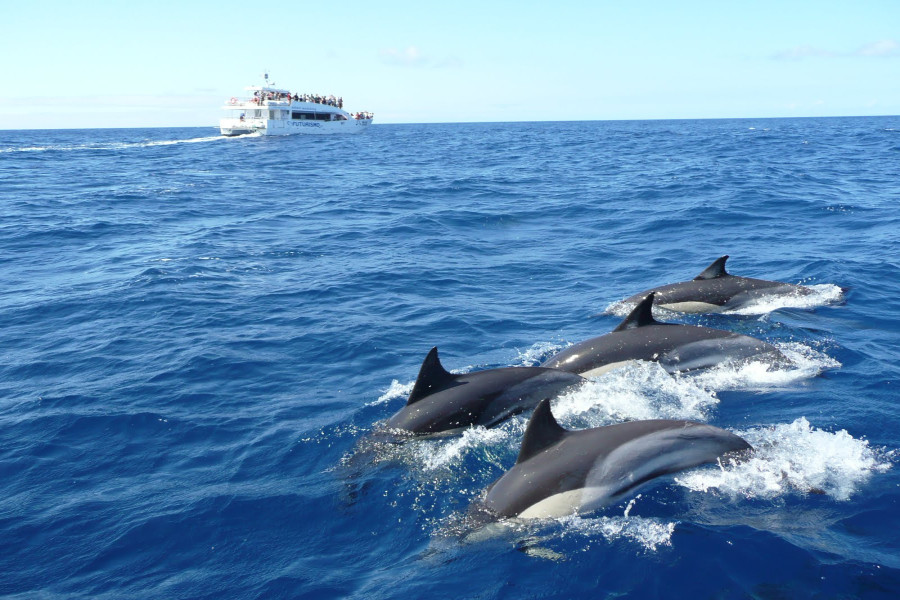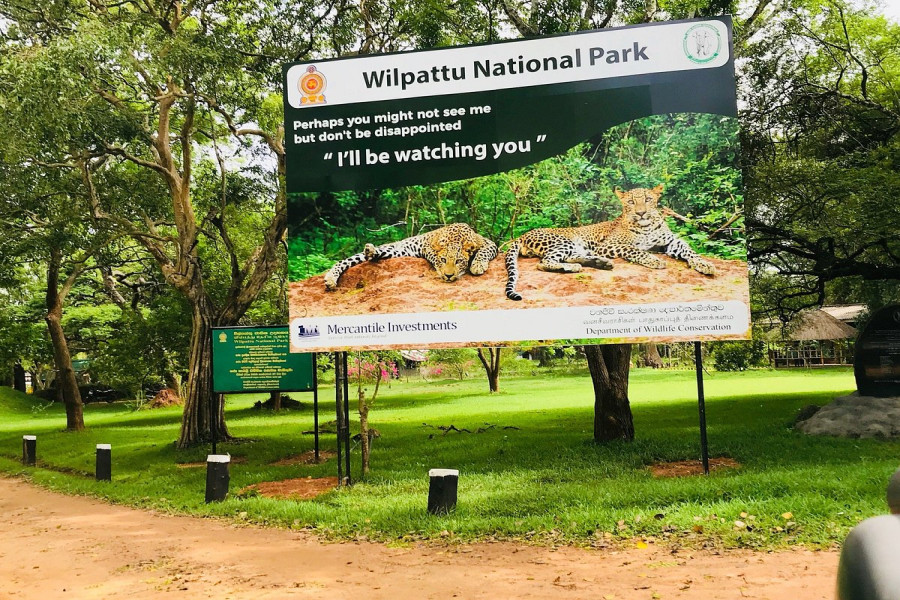Wilpattu National Park, located in the northwest of Sri Lanka, is the largest national park in the country, covering an impressive 1,317 square kilometers. Known for its dense forests, wetlands, and "villus" (natural lakes), Wilpattu offers a more tranquil and less crowded safari experience. The park is home to an array of wildlife, including the elusive Sri Lankan leopard, elephants, sloth bears, and a variety of birds, reptiles, and amphibians.
Safari and Tours in Sri Lanka’s Oldest National Park
A safari in Wilpattu is a must for nature lovers and wildlife enthusiasts. The park is famous for its rich biodiversity and, like Yala, offers excellent opportunities for spotting leopards. With fewer tourists, Wilpattu provides a more intimate and peaceful wildlife viewing experience. Visitors can also expect to see wild boar, spotted deer, water buffalo, and mugger crocodiles around the numerous waterholes scattered across the park.
Best Time to Visit
Wilpattu is open throughout the year, with the dry season from February to October being the best time for wildlife viewing. The park’s numerous "villus" serve as gathering points for animals, especially during dry months, enhancing the chance of sightings.
Travel in Sri Lanka: How to Get to Wilpattu
Wilpattu is located approximately 4-5 hours north of Colombo, making it an easily accessible destination for travelers exploring the cultural triangle or heading towards the northern regions of Sri Lanka. Many tours in Sri Lanka include Wilpattu as part of their itinerary, especially for those keen to explore off-the-beaten-path destinations.
Where to Stay
Visitors to Wilpattu can choose from a range of accommodations, including eco-lodges, safari camps, and guesthouses located near the park's entrance. Many of these accommodations offer safari packages, allowing guests to enjoy morning and evening safaris with experienced guides.
Why Wilpattu National Park?
For travelers looking to experience Sri Lanka’s wild side in a more serene setting, Wilpattu National Park is the perfect destination. Its untouched beauty, combined with rich wildlife, makes it one of the most rewarding and less crowded tours in Sri Lanka.








